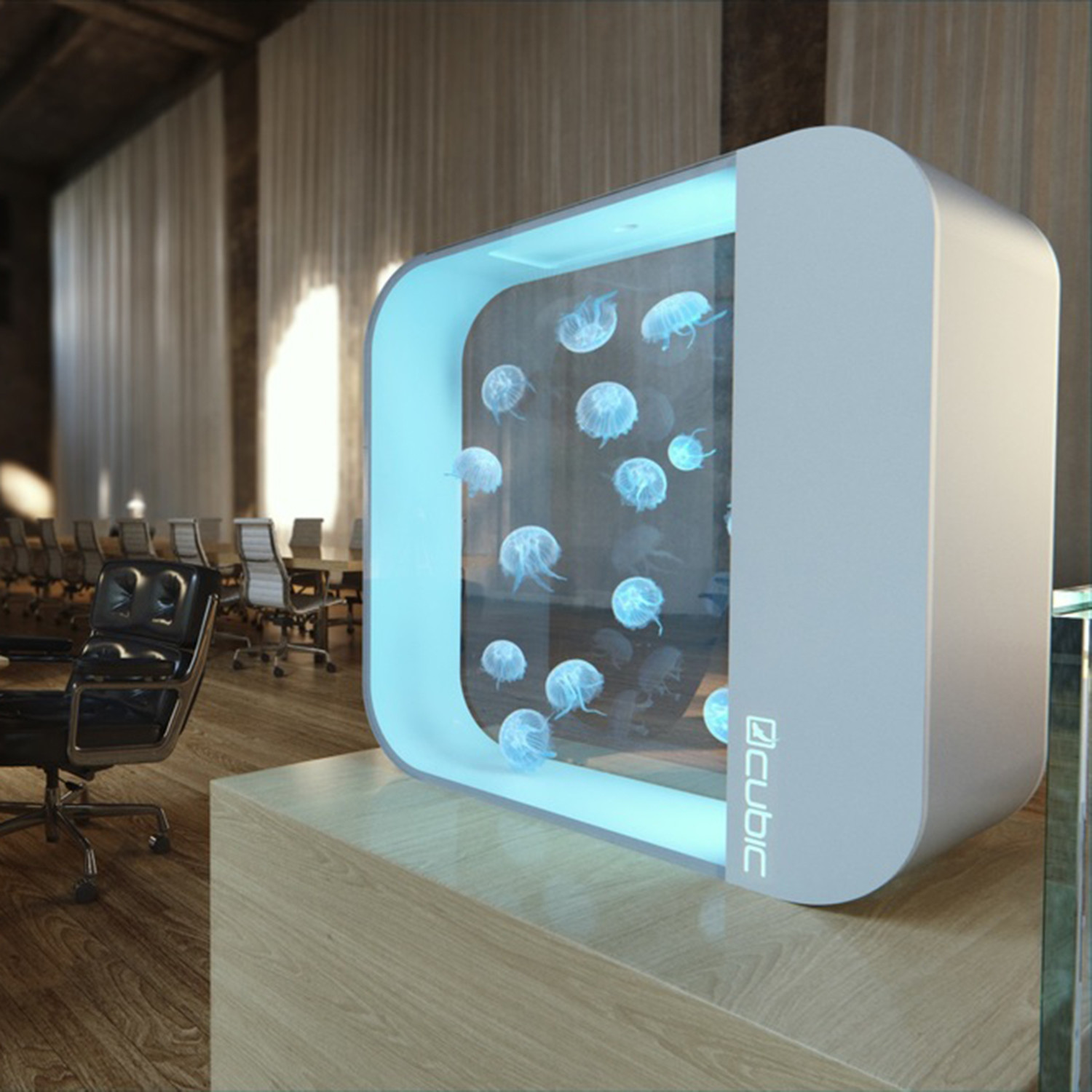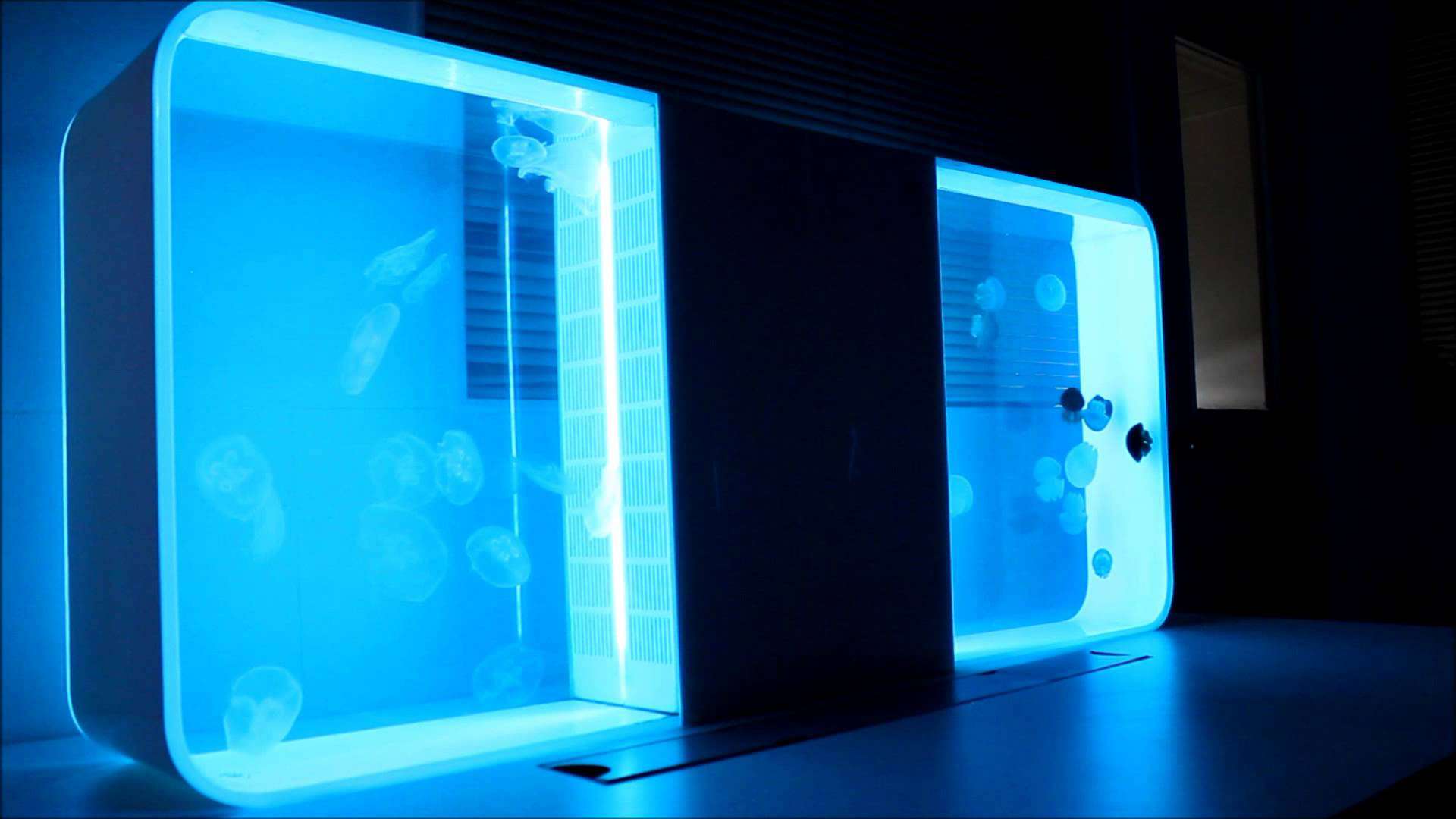Pulse 80
Hi,My name is Aleks I am 43 years old,I am 6′ high by 230 pounds,allready 2 mounts I am running 4 times per week 5 miles for hour,My heart rate droped from 70-80 bpm on 50-60 bpm,I am taking medication for high blood pressure is my heart rate is too low.Thank you. A normal resting heart rate for adults ranges from 60 to 100 beats per minute. Generally, a lower heart rate at rest implies more efficient heart function and better cardiovascular fitness. For example, a well-trained athlete might have a normal resting heart rate closer to 40 beats per minute.
- Below 120 and Below 80 Normal blood pressure Maintain or adopt a healthy lifestyle. 120-139 or 80-89 Pre-Hypertension Maintain or adopt a healthy lifestyle. 140-159 or 90-99 Stage 1 Hypertension Maintain or adopt a healthy lifestyle. If blood pressure goal isn't reached in about six months, talk to your doctor.
- A normal resting heart rate for a healthy adult is somewhere between 60 and 80 beats per minute, according to the American Heart Association. When heart rate habitually drops below 60 beats per minute, the condition is called bradycardia.

The exact location of your heart is behind and slightly to the left of your breastbone. Your heart makes use of a network of arteries and veins to pump and supply blood to all the organs of your body. When your heart beats, the walls of an artery move as well. This is called a pulse, which you can feel by touching an artery, such as the radial artery at the wrist. There is another artery called the carotid artery located on the side of the neck – you can also feel it to measure your pulse rate. You can refer to a normal resting heart rate chart to confirm if your heart rate falls within normal range. Keep reading to learn more about it.
Pulse 80 Normal
A Detailed Chart of Resting Heart Rate
The resting heart rate of a normal adult is between 60 and 100 beats per minute. The lower the heart rate is at rest, the more efficient the heart function is. It also translates into better cardiovascular fitness. For instance, an athlete can have a resting heart rate of as low as 40 beats per minute. The following resting heart rate chart will give you a better idea about the heart rate of different individuals with different activity levels.
Resting Heart Rate for Men
Age in Years | Heartbeats Per Minute | ||||||
Athlete | Excellent | Good | Above Average | Average | Below Average | Poor | |
18-25 | 49-55 | 56-61 | 62-65 | 66-69 | 70-73 | 74-81 | 82+ |
26-35 | 49-54 | 55-61 | 62-65 | 66-70 | 71-74 | 75-81 | 82+ |
36-45 | 50-56 | 57-62 | 63-66 | 67-70 | 71-75 | 76-82 | 83+ |
46-55 | 50-57 | 58-63 | 64-67 | 68-71 | 72-76 | 77-83 | 84+ |
56-65 | 51-56 | 57-61 | 62-67 | 68-71 | 72-75 | 76-81 | 82+ |
65+ | 50-55 | 56-61 | 62-65 | 66-69 | 70-73 | 74-79 | 80+ |

Pulse 80w Panels
Resting Heart Rate for Women
Age in Years | Heartbeats Per Minute | ||||||
Athlete | Excellent | Good | Above Average | Average | Below Average | Poor | |
18-25 | 54-60 | 61-65 | 66-69 | 70-73 | 74-78 | 79-84 | 85+ |
26-35 | 54-59 | 60-64 | 65-68 | 69-72 | 73-76 | 77-82 | 83+ |
36-45 | 54-59 | 60-64 | 65-69 | 70-73 | 74-78 | 79-84 | 85+ |
46-55 | 54-60 | 61-65 | 66-69 | 70-73 | 74-77 | 78-83 | 84+ |
56-65 | 54-59 | 60-64 | 65-68 | 69-73 | 74-77 | 78-83 | 84+ |
65+ | 54-59 | 60-64 | 65-68 | 69-72 | 73-76 | 77-84 | 84+ |
How to Measure Your Resting Heart Rate
It is important to refer to the resting heart rate chart because you cannot calculate and keep track of your target training heart rate if you do not know your current resting heart rate. You simply need to check your pulse to measure your heart rate.
The best time to check your resting heart rate is when you wake up in the morning. Just place your index and third fingers on the side of your windpipe on your neck. Once you feel the pulse, start counting the number of beats for 15 seconds. Now, multiply the number by 4 to know your resting heart rate.
You should always bear in mind that many factors can affect your heart rate, including air temperature, fitness level, activity level, body size, emotions, body position and medications. So, consider these factors when measuring your heart rate and comparing it with a resting heart rate chart.
How to Have Healthier Resting Heart Rate
Studies show that you may die earlier if your resting heart rate is on the higher side. The problem is that most people with a high resting heart rate usually do not know of it. Here are some steps that will help you have a healthier resting heart rate.
1. Increase Exercise
While you may think exercise will actually increase your heart rate, things do not work that way with resting heart rate. Your heart rate increases when you exercise, but this stimulates the parasympathetic nervous system and lowers beats per minute, which in long term lowers your resting heart rate. Aerobic exercises, interval trainings and resistance exercises prove more beneficial. Swimming, jogging, biking and running work quite well to lower your resting heart rate.
2. Reduce Stress
Pulse Rate Chart
Stress can keep your resting heart rate on the higher side. It also increases inflammation in your body and leads to other secondary health problems as well. Try some relaxation exercises, learn breathing techniques, and do some yoga to keep stress under control, which in turn will help you fall in the normal range on resting heart rate chart.
3. Avoid Tobacco
Smoking and tobacco use can affect your resting heart rate, so it is important to quit smoking to lower your heart rate. Start by lowering your tobacco use to keep things under control.

4. Maintain Healthy Weight
Pulse 80 Bpm
You need to reduce weight if you are obese because this makes it difficult for your heart to supply blood and nutrients to your body. Losing weight will help your heart relax and pump at a slower rate, which in turn will lower your resting heart rate as well.
5. Cut Down on Caffeine
If you are too much into caffeine and caffeinated products, you are going to have a higher heart rate than others who do not drink caffeine. Calculate your resting heart rate and if it is on the higher side, cut down on caffeine to notice the difference. Anything over two cups of coffee a day can lead to complications. Try de-caffeinated drinks to help lower your caffeine intake.

6. Sleep Well
If you do not get a good night's sleep every night, you will end up developing several health problems. To ensure you sleep well, you should take steps to eliminate any distractions from your bedroom. Loud noises can always interfere with your sleep and make you wake up in the middle of the night. If that happens, your heart rate may go up by around 13BPM. Similarly, your heartbeat will race more than normal due to dogs barking, loud music, and things like that. Eliminate these distractions to enjoy a good sleep.
[shipping included]
Normal Pulse Rate For Women
23 gallons
26' x 23' x 10'
30% of proceeds goes to animal charity!
Jellyfish are among the strangest, most mesmerizing creatures in our oceans, and with the stunning Pulse 80 aquarium by CUBIC, it's now possible to keep them in your home or office. Previously, if you wanted a large tank to keep live jellyfish as pets, you had to pay a substantial sum of money, often over $10,000 for a custom made aquarium.
The ultra modern design of the Pulse 80 2nd Generation will greatly enhance any contemporary home. It's made with the highest quality components and 100% scratch-resistant cast acrylic. The pump is virtually silent. The filtration system keeps the water in purest quality and is easy to maintain.
The most common type of jellyfish kept in home aquariums is the moon jellyfish. This aquarium provides a very safe environment for them, unlike other jellyfish aquariums on the market which have rock substrate. Jellyfish are very delicate creatures and are often reported being injured by the rocks, sometimes fatally. As well, jellyfish usually have a shorter lifespan in small aquariums.
Included is a remote control LED light system. You can choose between thousands of colors and 20 automatic color modes. Modes range from flashing, switching and scrolling colors, with brightness and speed adjustments.
Maintenance is similar to saltwater aquariums. Jellyfish need to be fed 1-2 times daily with live or dry jellyfish food. And a 10% water change every week from a clean water source.
